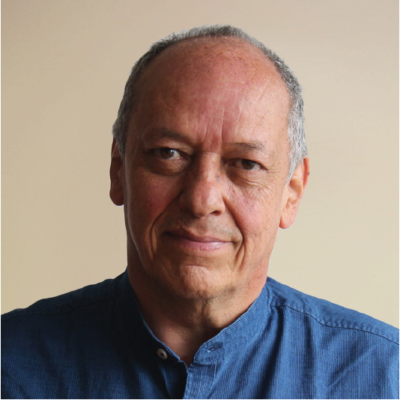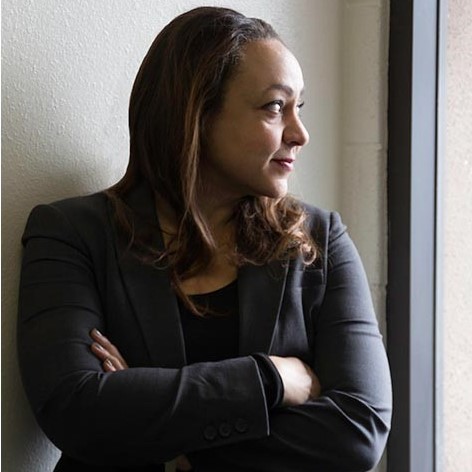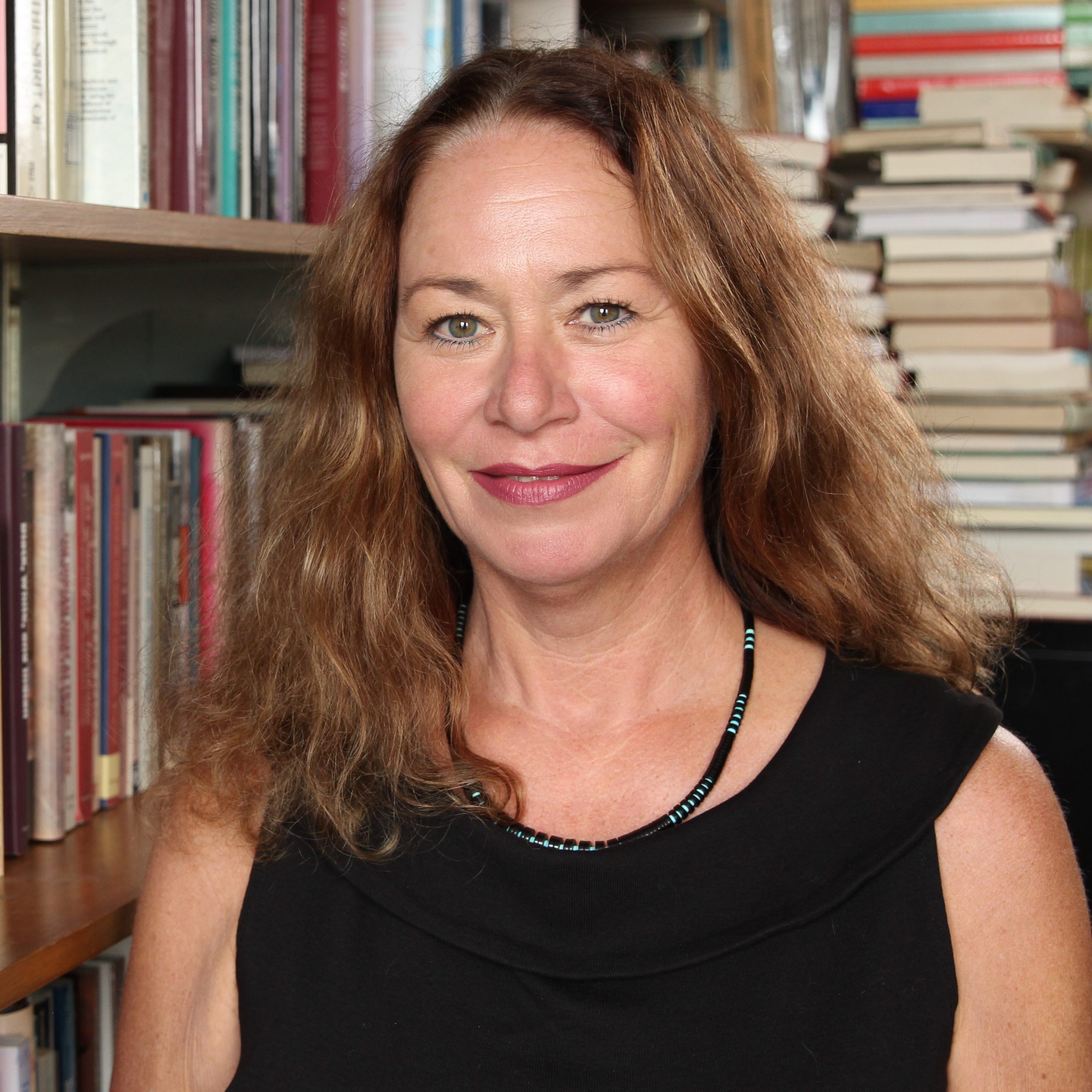Messages and Monuments: Perspectives on Collective Memories
Free Virtual Program Invites Participants to Explore the Ongoing National Dialogues Concerning Historical Markers, Monuments, and Memory Making
Located on the ancestral lands of Pueblo, Navajo and Apache peoples, the School for Advanced Research and Museum of Indian Arts and Culture, have joined forces to present a virtual program aimed at addressing the ongoing removal of historical markers and monuments, and what these removals–or attempts to remove—mean within the context of collective memories. In the wake of the Black Lives Matter movement and rising national calls for a critical examination of governmental power structures, monuments celebrating and memorializing Spanish conquistadors are beginning to be removed across the state of New Mexico.

Moderator: Dario Colmenares Millán, Program Director for the Global Transitional Justice Initiative, the International Coalition of Site of Conscience’s flagship program on transitional justice. Colmenares Millán has played a central role in the Centre for Memory, Peace, and Reconciliation in Bogotá since its creation in 2008, where he coordinated participatory truth-telling programs in arts and culture with ethnic and rural communities for nearly a decade. He previously contributed to the RESLAC Latin American network of the Coalition and led GIJTR’s program “Supporting Truth, Justice and Reconciliation in Colombia.”

Panelist: Kirsten Pai Buick is a professor of Art History and Associate Dean of Equity and Excellence for the College of Fine Arts at the University of New Mexico. She received her Ph.D. in art history from the University of Michigan. She has been the recipient of the Smithsonian American Art Museum’s Predoctoral Fellowship and a Charles Gaius Bolin Fellowship at Williams College. In 2015, Buick was awarded the David C. Driskell Prize for African American Art. Her research and publishing focus on the visual and material culture of the first British Empire, art of the U.S., sculpture, landscape representation, African American art, and women as patrons and collectors. In 2010, her book Child of the Fire: Mary Edmonia Lewis and the Problem of Art History’s Black and Indian Subject was published by Duke University Press. Her second book, In Authenticity: “Kara Walker” and the Eidetics of Racism, is in progress.

Panelist: Jason Garcia (Okuu Pin) SAR’s 2007 Ronald and Susan Dubin Native artist fellow, carefully examines and interprets life around him through his work–often clay tiles created in the traditional Pueblo way with hand-gathered clay, native clay slips and outdoor firings. His materials, closely connected to the earth, present a visually rich mix of Pueblo history and culture merged with comic book super heroes, video game characters, religious icons and all things pop culture. Many established cultural institutions and museums have purchased his work, including the Heard Museum in Phoenix, Arizona, and the Smithsonian National Museum of the American Indian in Washington, DC.

Panelist: Jean M. O’Brien (citizen, White Earth Ojibwe Nation) is Distinguished McKnight University Professor and Northrop Professor at the University of Minnesota. She is one of six co-founders and is past president of the Native American and Indigenous Studies Association and inaugural co-editor (with Robert Warrior) of the association’s journal, Native American and Indigenous Studies. In addition to numerous articles and book chapters, O’Brien is the author or co-author of (with Lisa Blee) Monumental Mobility: The Memory Work of Massasoit; Firsting and Lasting: Writing Indians Out of Existence in New England; and Dispossession by Degrees: Indian Land and Identity in Natick, Massachusetts, 1650-1790. Her co-edited volumes are Sources and Methods in Indigenous Studies; Why You Can’t Teach U.S. History without American Indians; and Recognition, Sovereignty Struggles, and Indigenous Rights in the United States: A Sourcebook.